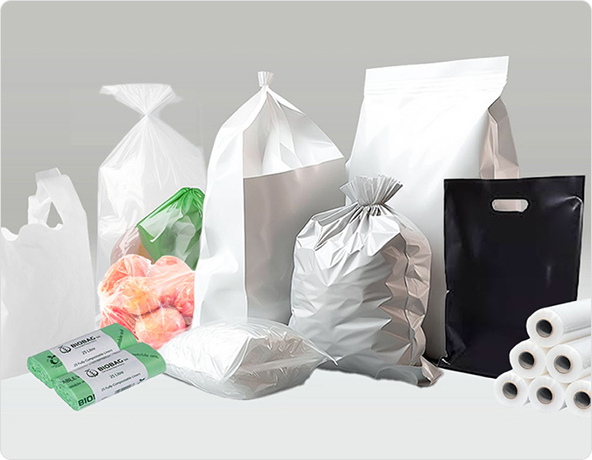Xinye blown film extruder manufacturers offer excellent film-blowing performance and efficient production capacity, making them an ideal choice for the plastic film manufacturing industry.


Film-blowing machines are widely used in the plastic packaging industry and can produce various plastic films, such as polyethylene films, polypropylene films, etc., for making plastic.
Bags, plastic packaging films, and other products.
The film-blowing machine can produce agricultural films, such as agricultural covering films, greenhouse films, etc., which are used for agricultural production such as farmland covering and greenhouse planting.
Film-blowing machines can produce architectural films, such as waterproof films, thermal insulation films, etc., which are used for waterproofing, heat insulation, and other applications in construction projects.
The film-blowing machine can produce medical films, such as medical surgical films, packaging films, etc.
Discover your application needsBegin by mounting the die head onto the extruder. The die head will shape the melted plastic into a tubular form. Ensure that the die head is properly aligned and securely fixed in place.
The air ring cools the plastic as it exits the die head. To achieve the desired film quality and thickness, adjust both the airflow and temperature settings carefully.
The temperature and speed controls regulate how the plastic is heated and fed through the die. Accurate calibration is key to ensuring consistent film quality. Start by setting the temperature and speed according to the material manufacturer’s recommendations, and then fine-tune as necessary to achieve optimal results.
After setting up the die head, adjusting the air ring, and calibrating the temperature and speed, it's time to test the machine. Run a trial to check the film for the correct thickness, width, and overall quality.

The process begins with the preparation of raw materials, typically plastic resins such as polyethylene, polypropylene, or similar substances.
The prepared raw materials are then introduced into an extruder, where they are heated and transformed into a continuous molten flow.
The molten plastic is then pushed through a circular die, where it is inflated by air to create a thin, continuous tube of film.
The inflated film tube is cooled with air or water, allowing it to solidify while ensuring it retains the desired dimensions and properties.
The solidified film is then wound onto rolls or spindles for convenient storage or further processing.
Throughout the entire process, quality control measures are employed to ensure that the finished film meets the necessary specifications and standards.
Depending on the specific needs, the produced film may undergo further treatments such as printing, laminating, or slitting to create the final product.
GET A QUOTE